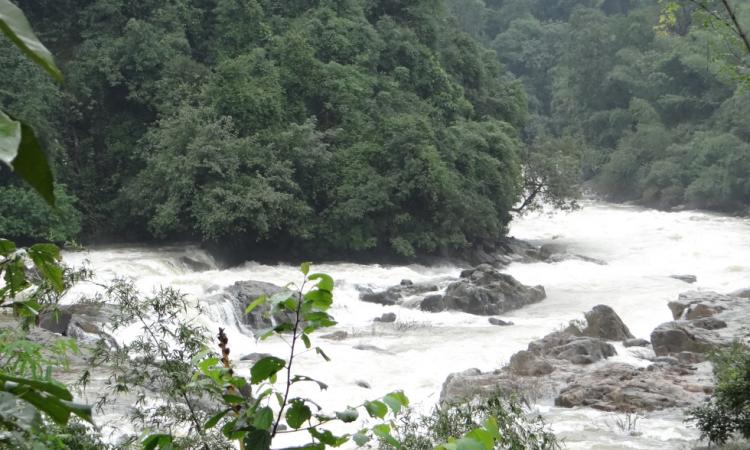
Yettinahole project called a drinking water project only to circumvent guidelines
According to environmentalists, Karnataka Government has been exposed about the purpose of the Yettinahole Comprehensive Drinking Water Project. In its advertisement popularising the project, the State Government called it an irrigation project, and no Impact Assessment study was done as it was considered to be a drinking water project. Environmentalists claim that the Government altered the name of the project only to be exempt from holding an impact assessment study.
Authorities identify 23 more lakes in Hyderabad
Hyderabad Metropolitan Development Authority (HMDA)’s Lake Protection Committee has notified 23 more lakes in the city and has sought objections and suggestions on the full tank level boundary maps and buffer zones of these lakes. So far, HMDA has notified 415 lakes in 12 phases. The State Government has restricted building and development activities in full tank level of notified lakes and has ordered maintaining courses of these water bodies either for recreation or as a green buffer zone.
Centre considers blasting artificial lake in Phutkal
Centre is making plans to blast the 15 km landslide dam on the Phutkal river in the Kargil region of Jammu & Kashmir. The two options suggested by the team of experts are to carry out a controlled and supervised blasting and create a water flow channel, or to use Air Force laser-guided bombs to breach the dam, in case the first option does not work. The dam has caused an accumulation of approximately 24 million cubic metres of water and has posed a serious threat to life and property of India and Pakistan.
Carcinogenic element in Ghaziabad's groundwater as high as 40 mg/litre
A study by the Uttar Pradesh Pollution Control Board has revealed that the amount of carcinogenic hexavalent chromium in the groundwater of Ghaziabad and nearby areas is 40 mg per litre which is 800 times above permissible limits. Moreover, the district adminitration has made no concrete attempt to study the health effects of heavy metals except for surveying the areas where the water has turned yellow.
Impact of climate change on Sunderbans costing India Rs 1,290 crore/year
The environmental damage caused by climate change to the Sunderbans is costing India Rs 1,290 crore each year, as estimated by the World Bank. Almost half of the cost of environmental damage is associated with ecosystem degradation while the other half, with health effects due to poor environment. Also, in an another report, scientists have predicted that much of the Sundarbans could be underwater in 15 to 25 years due to rapid sea rise.
Lead image source: Parineeta Dandekar via South Asia Network on Dams, Rivers and People
This is a roundup of important news from February 17 - 23, 2015. Also read last week's policy updates.